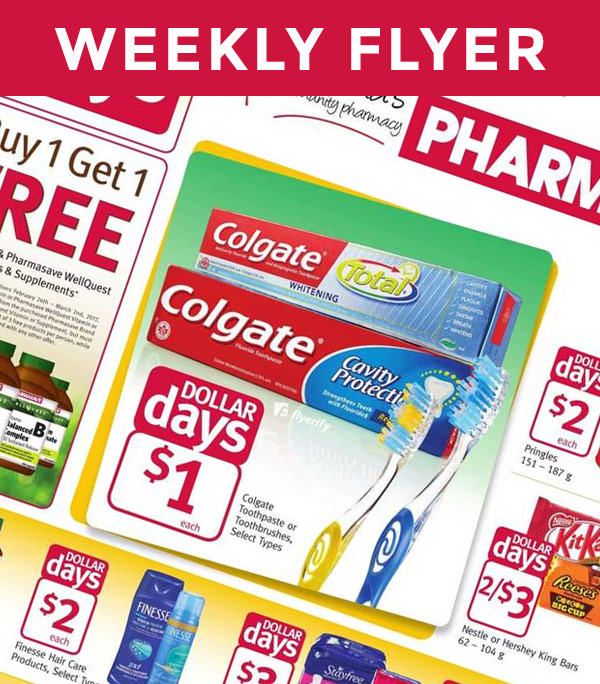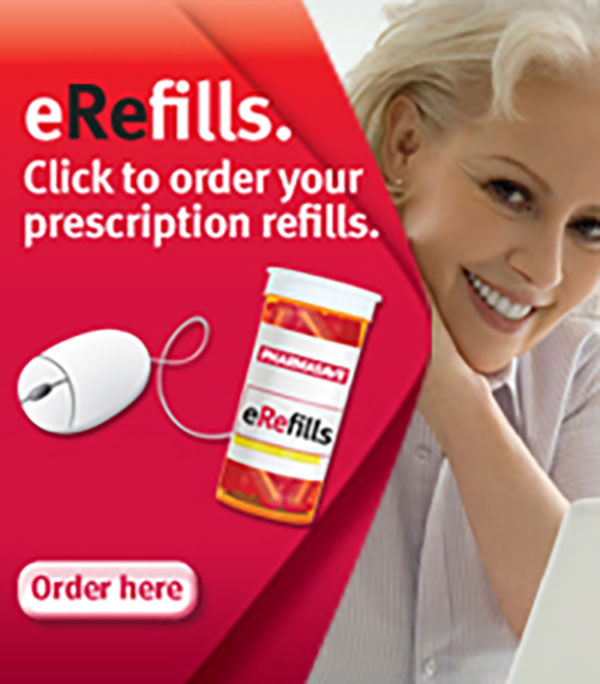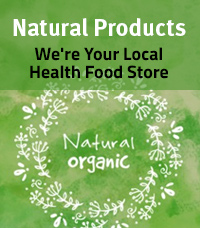
July – Sun Care / Healthy Skin
July – Sun Care / Healthy Skin
Healthy Skin by the Numbers
Your skin shields your body from the world. Repay the favour by following these healthy habits and skincare strategies
6 habits that help your skin
Your skin is the largest organ of your body, a barrier to germs and injury and a reflection of your internal health (when you’re sick, stressed, or sleepy, it can show on your skin!). And when you’ve done it the disservice of too much sun exposure, your skin becomes vulnerable to damage and begins to wrinkle and show other signs of aging. But when you follow skin-friendly habits your skin will glow with good health.
Your skin benefits from …
Good sleep. You mean all the talk about beauty rest wasn’t an old wives’ tale? Those old wives must have good skin – they were on to something. When you sleep well, your body gets the time it needs to repair skin cells. Sleep helps your body better hold on to moisture, which you need if you want supple skin. Snoozing also relaxes the muscles of your face, giving wrinkles a rest, too. For best results, sleep on your back. That way, gravity works in your favour and you don’t awaken to pillow lines and puffy under-eye circles.
Regular exercise. Physical activity boosts overall health, so it stands to reason that it also supports a super-fit epidermis (the outer layer of the skin). Get moving and you get your blood flowing, increasing circulation and cell turnover. Exercise is also a stress-slasher, saving your skin from a preventable source of damage. For best results, cleanse your skin after getting physical to clear away excess sweat that might clog pores or cause irritation.
Stress relief. Stress makes a mess of your skin in ways you can see and ways you can’t. Frowns, scowls, and furrowed brows can deepen wrinkles. When overwhelmed by worry, you might skip out on your skin care routines. And nervous reactions release stress hormones that trigger blushing, flushing, and inflammation. Stress can also set off a flare-up in those with psoriasis or acne.
Cleansing with TLC. Use a mild cleanser, a soft towel – and a soft touch – when you’re washing your face or soaping up in the shower. An every-once-in-a-while scrub with an exfoliating cleanser or pad sloughs off dead, dry skin cells. Always follow up with a moisturizer formulated for your skin type to reduce the appearance of fine lines.
Sun protection. The sun is your skin’s sworn enemy. The ultraviolet radiation shining down can cause wrinkling, burns, and worse, skin cancer. Shield from the shine by applying a good amount of broad-spectrum, water-resistant sunscreen with an SPF of at least 30, and give yourself a half hour before heading outside. And don’t let down your guard – reapply every 2 hours.
The right supplements. Eat a balanced diet, and your skin gets most of the nutrition it needs. But supplementing your diet with a few key nutrients may enhance the potential for healthy skin. Antioxidant vitamins C and E protect the skin from sun damage. Advised levels for vitamin C are 75 mg/day for women and 90 mg/day for men, while vitamin E intake should be around 15 mg daily. Fish oil and flaxseed oil provide omega-3 fatty acids, believed to plump up the skin for a smoother, younger-looking appearance. And omega-6 fatty acids from evening primrose oil supplements have shown potential against the dry, flaky, itchy skin of eczema.
Feed your skin the right foods
Your skin loves good food. Unlike you, though, your skin always prefers the most healthful foods. Your skin would never give in to a carb craving or go on an ice cream bender. Your skin loves vitamin- and mineral-filled fruits and vegetables, fibre-rich whole grains, lean protein, and only the right kinds of fat.
When you feed your body a balanced, wholesome diet, you may be less likely to experience premature signs of aging on sun-exposed sites of your skin or worsened symptoms of existing skin problems. And when you eat right, your skin shows its appreciation by appearing smoother and healthier.
Stock up on these skin-friendly foods:
- Colourful fruits and vegetables bursting with antioxidant vitamins A, C, and E protect your skin from oxidative damage. Try sweet potatoes, papaya, berries, broccoli, bell peppers, carrots, kale, olives, apples, onions, garlic, or eggplant.
- The B vitamin biotin can give your skin a youthful and supple plump look, thanks to its role in your body’s fat production. Try tomatoes, almonds, oats, eggs, or cucumbers for a bite of biotin.
- Legumes – beans, nuts, and peas – contain phytoestrogens, antioxidant phytochemicals (nutrients found in plants) that may protect against skin damage.
- Flavonoids, another type of antioxidant phytochemical, may also protect skin from free radical damage. Find flavonoids in fruits and vegetables with deep red colours, like berries, cherries, and dried plums.
- Healthy fats, like mono- and polyunsaturated fats and omega-3 fatty acids, support your skin’s moisture levels, helping to prevent dry skin. Beneficial fats can be found in foods like olive oil, fish, flaxseed, and soybeans. Pairing healthy fats with vegetables may give the antioxidant potential a boost.
Avoid these skin-emies: Full-fat dairy products, red meat, potatoes, soft drinks, sweets, butter
4 habits that harm your skin
The sun may be your skin’s worst enemy, but you may be doing some things that put you on your skin’s bad side, too. Several lifestyle habits and behaviours do more harm than others.
Smoking. Think about the facial expressions smokers make while sucking on a cigarette – lips puckered to take a puff, eyes squinted to block the burning sensation from the smoke. That pucker-and-squint routine may contribute to formation of fine lines and wrinkles around the mouth and eyes. Also, the many chemicals contained in cigarettes can compromise your skin’s collagen and elastin production. When these lag, your skin sags and wrinkles. One of the chemicals – nicotine – narrows the blood vessels in your skin, stifling blood flow and denying the skin of the oxygen and nutrients it needs to stay healthy. Smoking can also spark flare-ups of the skin condition psoriasis.
Drinking alcohol. Alcohol goes to your head – and to your skin. Where smoking constricts blood flow to your skin, alcohol has the opposite effect. Alcohol dilates blood vessels and flushes the skin with blood, and too much drinking may lead to the appearance of small blood vessels on the skin. Those with skin conditions or alcohol intolerances may also suffer red-faced flare-ups when they drink. Finally, rather than quenching your thirst, alcohol dehydrates and gives skin a sallow, dull appearance. So, next time you toast, say “Cheers!” to a more even complexion by choosing a non-alcoholic drink.
Overdoing it with caffeinated beverages. Count up your caffeine intake for a day. If you knock back daily soft drinks, coffees, teas, energy drinks, or hot chocolates, you might be in the caffeine danger zone. Consume the caffeine equivalent of 4 to 7 cups of coffee, and it can have a diuretic effect. Basically, you’ll pee a lot and become dehydrated. This loss of liquids leaves your skin thirsty and more prone to drying and dullness.
Not tracking your skin problem triggers. Pay attention to your skin. It sends you signals. Drinking alcohol, smoking, and eating certain foods can all cause flare-ups of certain skin conditions. When you begin to notice a pattern to your skin problems, you can avoid the triggers. For instance, the facial redness and swelling of rosacea may be set off by spicy foods, hot drinks, alcohol, as well as by particular foods like vinegar, liver, and soy sauce for some people. Having hot baths or showers can also cause redness and itchiness, a sign that the water you are using is drying out your skin. For some people with eczema, the itchy, dry patches seem to spring up after eating things like eggs, milk, fish, tomatoes, and peanuts.
Take care of 6 tricky skin issues
Liver spots: Also known as age spots, these dark, flat spots appear on the face, hands, arms, back, and feet of many people as they age. Often bigger than a mole, a liver spot can be confused for a potentially problematic skin growth. If you’re unsure, don’t hesitate to consult a dermatologist. Though benign (not cancerous), you may be able to have your liver spots removed by bleaching, freezing, chemical peels, or laser surgery. For many people, liver spots are an inherited trait; but for others, liver spots can indicate a lifetime of sun overexposure. To prevent future age spots, diligently apply sunscreen.
Skin tags: Some people (more often women, people with diabetes, or those who are obese) will notice little, flesh-toned growths cropping up on the neck, eyelids, and in folds of skin like the armpit and groin. Called skin tags, these growths are harmless, but they can be irritated by shaving or by getting snagged on jewellery or clothing. A doctor can easily remove skin tags, or you can try one of the do-it-yourself removal kits that work similarly to freeze-off wart treatments.
Easy bruising: As we age, our skin inevitably thins. And as it thins, we lose the fat and connective tissue support system that protects the blood vessels beneath our skin. Thus, when we’re injured, a bruise will be more likely to show through. For some people, medications or supplements make for easy bruising, including corticosteroids (which thin the skin) and blood-thinners like acetylsalicylic acid and warfarin, as well as the natural supplements gingko biloba and fish oil. Clear your home of floor clutter to minimize risk of trips, slips, and bumps. And if you suffer a bump or fall, apply a wrapped ice pack to the area to prevent bruising.
Red blotches: You may have spotted red blotches on your nose, cheeks, chin, legs, or feet. What you’re seeing might be telangiectasia. Sometimes called “broken capillaries,” these spots aren’t really broken at all. Usually it’s a cluster of dilated blood vessels that have become visible through the skin, like spider veins. Though harmless, the blotches may worsen after alcohol use, sun exposure, and as you age. Makeup can mask the blotches, or your dermatologist may be able to remove them.
Tweezed brow bumps: Over-exuberant plucking or errant hair growth can irritate the follicle and lead to red, irritated skin bumps. Wait to tweeze until after you’ve had a warm shower, which makes hairs easier to pluck. Always pluck with a firm but gentle pull in the direction of hair growth. If an ingrown hair forms a pimple-like bump, lift the hair above the surface of the skin with a sterilized needle and gently pull out. Clean the spot with alcohol. A woman may be more sensitive to the pain of pulled hairs during her period, so plan plucking accordingly.
Razor burn: As with plucking, a shave goes a lot more smoothly if it comes after a warm shower. Freshly cleansed and lubricated skin will more easily yield to a sharp-bladed razor. Work shaving cream or lotion into your skin and give it a few minutes to soak in. Move your razor in the direction of hair growth – not against it – and don’t shave the same area more than twice to avoid irritation. End with a rinse to reduce infection risk.
Ask Your Pharmacist
Question: Should I only wear sunscreen on sunny days?
Answer: Sunscreen should be worn on all days, even when it is cloudy, rainy, or cold. The sun gives out harmful ultraviolet radiation all year that can pass through clouds and windows and damage your skin. The Canadian Dermatology Association recommends using a minimum SPF 30 sunscreen daily.
Do you have a question? Speak with your Pharmasave pharmacist.
Do you have more questions? Speak with your Live Well Pharmacist.
Health Tip
Sunscreens and blockers aren’t your only defense against the sun. Look for shady spots when you are outdoors, and remember that fog, haze and light cloud won’t protect you from UV rays. Dress for summer with sunglasses, wide-brimmed hats, long-sleeved shirts, and pants or long skirts.
All material © 1996-2013 MediResource Inc. Terms and conditions of use. The contents herein are for informational purposes only. Always seek the advice of your physician or other qualified health provider with any questions you may have regarding a medical condition.








